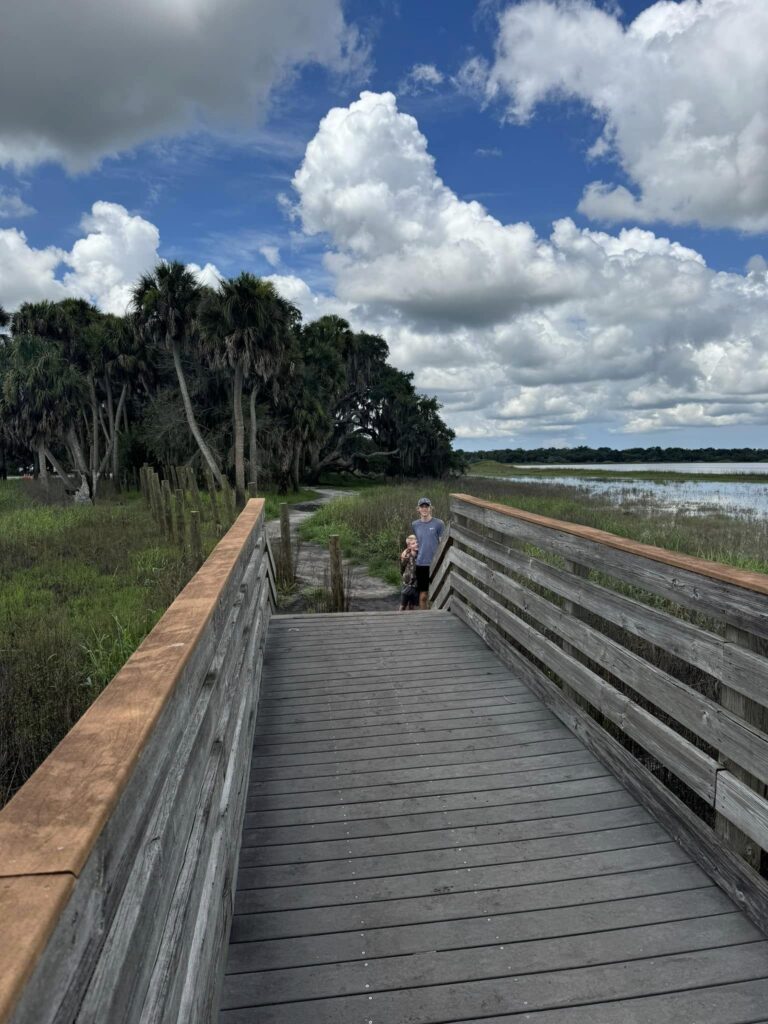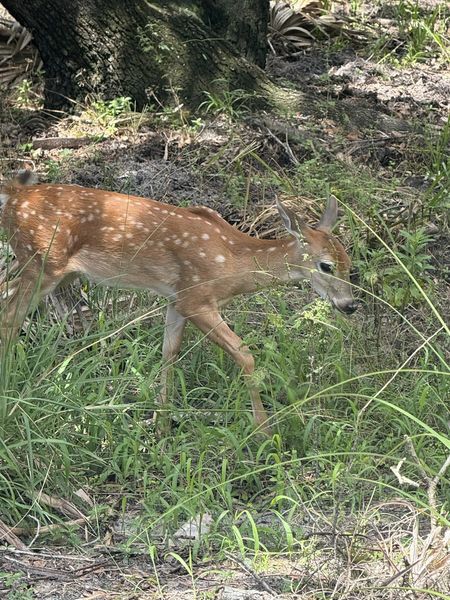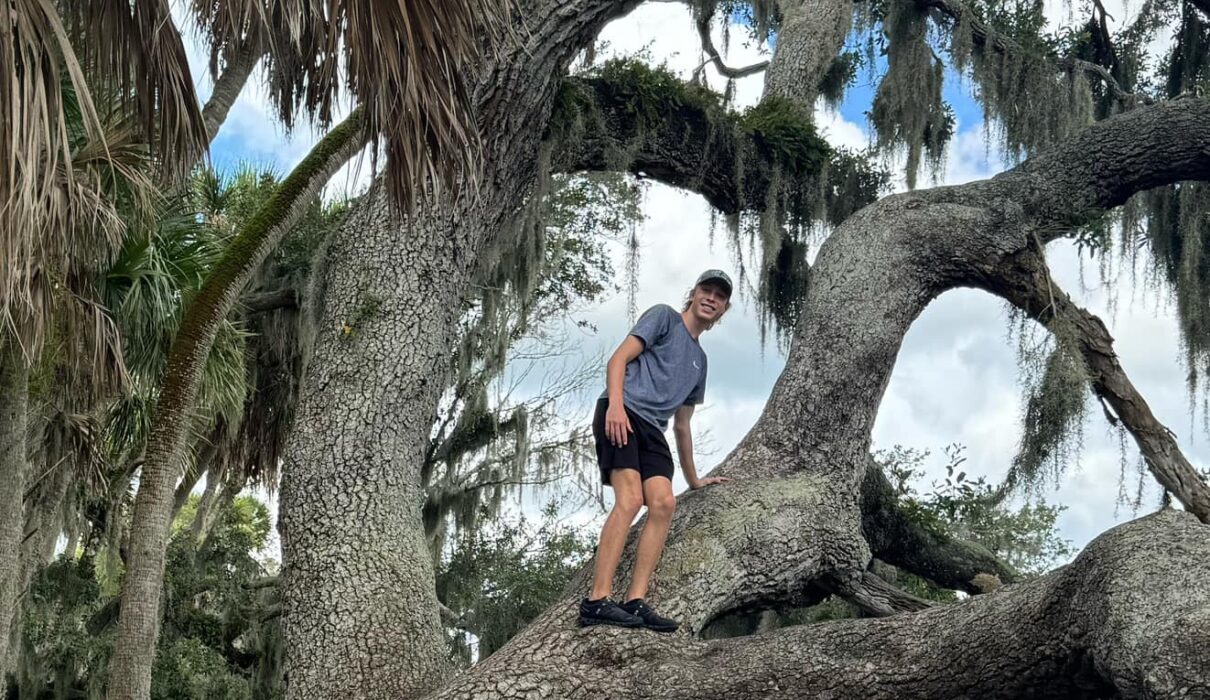Welcome to Myakka River State Park, a breathtaking oasis tucked away in the heart of Florida! If you’re looking for a day filled with adventure, stunning scenery, and a bit of wildlife watching, this is the place to be. But hold on—before you grab your gear and head out the door, let’s talk about how to plan the perfect day at this beautiful park. A little bit of planning can make a world of difference in ensuring you have an unforgettable experience.
Understanding Myakka River State Park
Myakka River State Park is one of Florida’s oldest and largest state parks, covering over 37,000 acres of diverse ecosystems. From lush wetlands to sprawling uplands, the park is home to a wide variety of wildlife. Picture alligators sunbathing on the riverbanks, deer roaming through the underbrush, and hundreds of bird species soaring overhead. This park isn’t just a pretty place; it’s a living tapestry of nature waiting to be explored.
As you plan your visit, consider the park’s unique features. The Myakka River winds its way through the park, offering picturesque views and plenty of opportunities for outdoor activities. And don’t forget about the canopy walk! This elevated boardwalk lets you experience the park from above, giving you a bird’s-eye view of the lush landscape below.

Best Time to Visit
Timing is everything, right? When it comes to visiting Myakka River State Park, you’ll want to think about the best time to go. Florida can get pretty hot and humid, especially in the summer months, so consider visiting during the cooler seasons—late fall through early spring. This is when the weather is most pleasant for hiking and other outdoor activities.
Rainy season typically peaks from May to September, which can lead to sudden downpours and increased humidity. However, don’t let a little rain scare you off; just be prepared with the right gear. Early mornings are also a fantastic time to visit, as the park is less crowded and the wildlife is most active.
Essential Planning Tips
Now that you know when to go, let’s talk about what to bring for a successful day at Myakka River State Park. First off, pack plenty of water! Staying hydrated is crucial, especially if you’re planning on hiking or engaging in any strenuous activities. A light snack or a packed lunch can also come in handy—picnicking in nature is one of life’s simplest pleasures.
Don’t forget about sun protection! Bring sunscreen, a hat, and sunglasses to shield yourself from the Florida sun. If you’re hitting the trails, wear comfortable shoes suitable for walking on varied terrain. And finally, be aware of the park’s regulations. There’s a small entrance fee, so be prepared for that, and remember to leave no trace—keep the park beautiful for everyone to enjoy.
Top Activities to Enjoy
With your essentials packed, it’s time to dive into the fun stuff! Myakka River State Park offers a plethora of activities that cater to all types of adventurers. Hiking enthusiasts will love the extensive trail system, featuring paths that range from easy strolls to more challenging treks. The Myakka River Trail is particularly popular, taking you through a mix of scenic views and diverse habitats.
Wildlife watching is another must-do while you’re at the park. Bring your binoculars and keep your eyes peeled for alligators, eagles, and other fascinating creatures. If you’re a fan of photography, you’ll want to capture the breathtaking landscapes and vibrant wildlife.
And let’s not forget about the water activities! Rent a kayak or canoe and paddle along the river, allowing you to experience the park from a whole new perspective. It’s a serene way to connect with nature while soaking up the sun.
Dining and Refreshments
After a fun-filled morning of exploring, you might find yourself ready for a bite to eat. Luckily, Myakka River State Park has several picnic areas where you can relax and enjoy a meal amidst nature. Bring your own food, or stop by the park’s snack bar for light refreshments.
If you’re in the mood for something more substantial, there are dining options nearby for after your park visit. Head over to one of the local restaurants in Sarasota or Venice, where you can enjoy fresh seafood or classic Floridian fare. There’s nothing quite like indulging in a delicious meal after a day of adventure!

Safety Considerations
While a day at Myakka River State Park promises excitement, it’s essential to keep safety in mind. Always stay on marked trails to protect both yourself and the delicate ecosystems around you. Be cautious near the water, as alligators and other wildlife can be present.
Having a basic first aid kit is a smart idea, especially if you’re hiking. It’s also good to inform someone about your plans for the day—just in case. And remember, if you’re visiting during warmer months, watch out for signs of heat exhaustion and take breaks as needed.
Conclusion
So there you have it—your ultimate guide to planning the perfect day at Myakka River State Park! From understanding the park’s unique features to packing the essentials, these tips will ensure you make the most of your visit. Embrace the adventure, take in the stunning scenery, and most importantly, have fun exploring all that this beautiful park has to offer. Whether you’re hiking, paddling, or simply soaking in the sights, Myakka River State Park is a destination that will leave you with unforgettable memories.
FAQs
What are the park hours?
Myakka River State Park is typically open from 8 AM until sunset. It’s a good idea to check the official website for any seasonal changes in hours.
Are pets allowed in the park?
Pets are allowed in certain areas of the park, but they must be leashed. Make sure to check the regulations regarding pets before your visit.
Is there an entrance fee?
Yes, there is a small entrance fee to access Myakka River State Park. Consider purchasing an annual pass if you plan to visit frequently.
Can I camp at Myakka River State Park?
Yes! The park offers camping facilities, but it’s advisable to reserve your spot in advance, especially during peak seasons.
What should I do if I see wildlife?
Observe from a safe distance and do not approach or feed any wildlife. Respecting their space is crucial for your safety and theirs.

